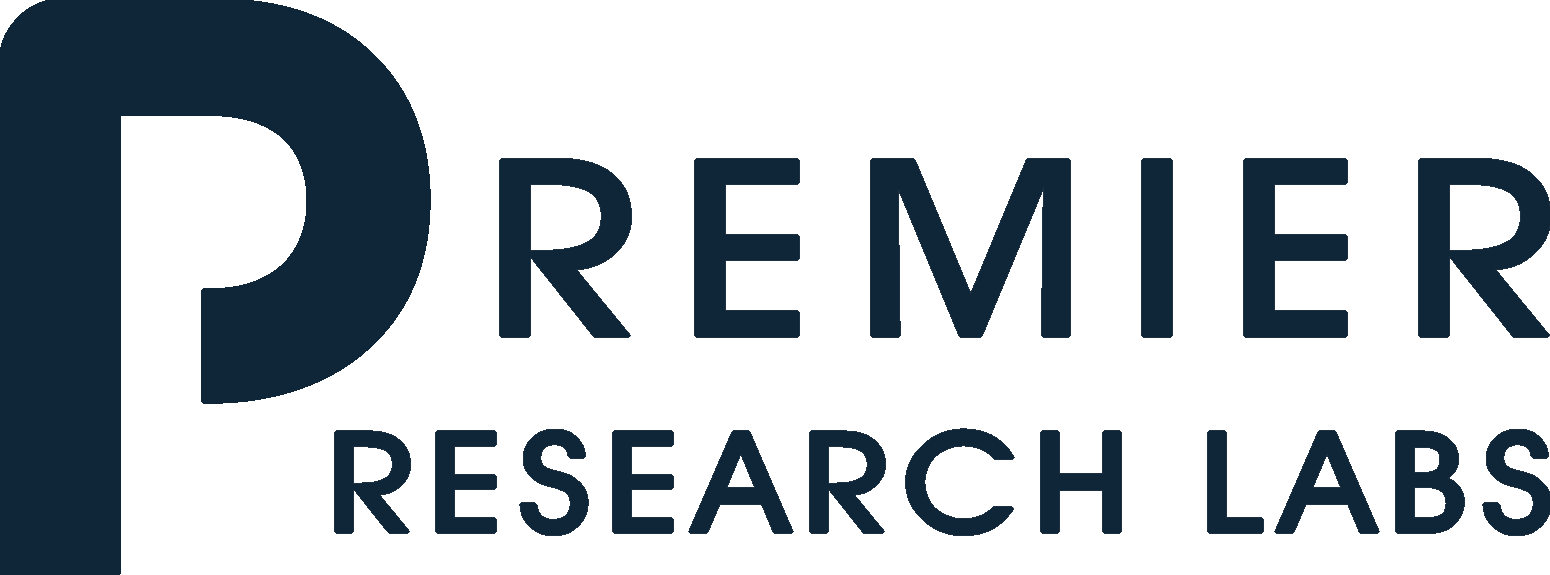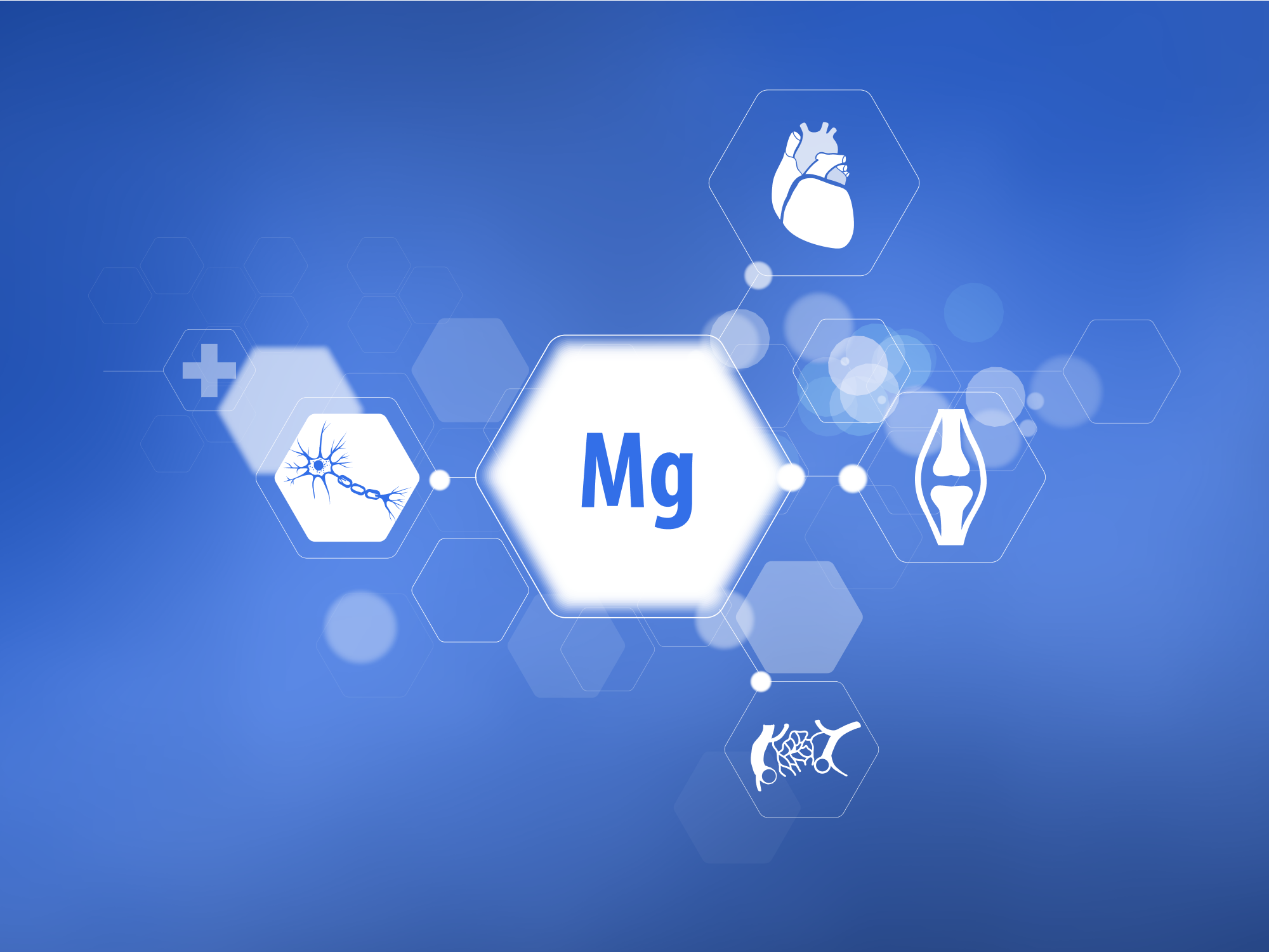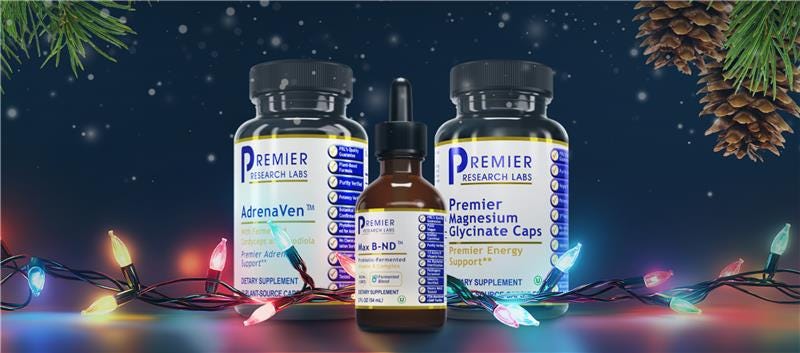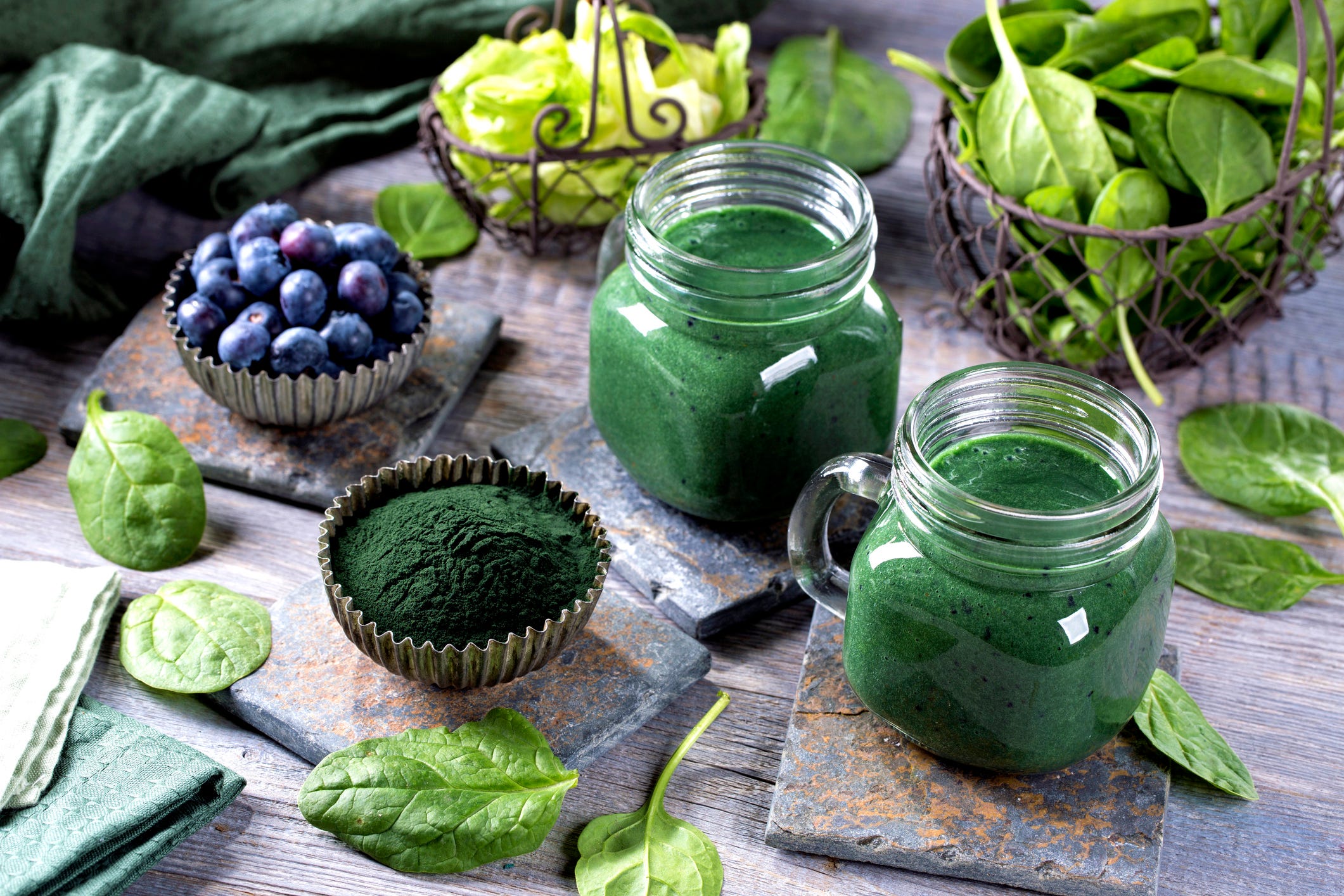
Deer antler ranks as one of the most important nutrients in Eastern medicine, yet is relatively unknown in the U.S. As a therapeutic agent, deer antler has been widely used in traditional Chinese medicine (TCM) for many centuries. It has been shown to offer a wide variety of therapeutic properties.
In ancient times, TCM medical authorities generally believed that the distinctive properties of deer antler had the capacity to promote three key concepts: “nourish the Yin,” “tonify the Kidney,” and “invigorate the Spleen.” However, TCM defines these three terms (“Yin,” “Kidney” and “Spleen”) differently than what is used in today’s medical terminology. It may be helpful to briefly explain these three age-old TCM concepts (below).
Three Key Benefits of Deer Antler (TCM’s Viewpoint)
First, in the medical philosophy of TCM, the concept of “yin” is defined as the major natural restorative energy force within the body that allows it to relax, rest and heal. Thus, the use of deer antler “to nourish the Yin” is thought to promote a more restful, healing state of the whole body.
Secondly, in TCM, the Kidneys are not viewed as simply two separate organs in the body, but rather as two dynamic organs intricately involved within an inter-coordinated Kidney meridian system that travels in specific pathways throughout the body. These pathways are associated with “Ming Men, the gate of Vitality,” a key point in the center of the spine where innate qi (or bioenergy, the origin of life’s processes) is stored in the body as the root of the individual’s existence. When deer antler is used to “nourish the Kidney,” it is thought to enhance the foundational energy of the Kidney system throughout in the body.
Thirdly, deer antler is thought to “invigorate the Spleen.” From the perspective of TCM, the Spleen (as an inter-coordinated meridian system) is in charge of the body’s digestive processes, overall blood flow and fluid metabolism. When the “Spleen” meridian is healthy, it is able to effectively carry out these transformation and transportation functions of the blood and qi (bioenergy) in the body. When this system becomes dysfunctional in a client, TCM practitioners may often turn to deer antler for its specific support.
Traditional and Athletic Uses of Deer Antler
From the viewpoint of western medicine research, deer antler has been traditionally used to promote blood flow, strengthen bones and muscles and to promote blood flow.
Because of the wide range of notable, beneficial properties of deer antler, many athletes have opted to add deer antler to their workout regimens to optimize their overall vigor and exercise recuperation potential.
Pharmacological Properties of Deer Antler
In recent decades, the pharmacological properties of deer antler and its active principles have been studied regarding the immune system, blood circulation, bone metabolism, glucose metabolism and mammary tissue. Thus, deer antler has been used to address various conditions such as: mammary hyperplasia, mastitis, uterine fibroids, sterility, menoxenia, amnesia, osteoporosis, immune dysfunction, tinnitus, dizziness and more.1
Pharmacological studies (both in vitro and in vivo) have shown that deer antler possesses immunomodulatory, anti-fatigue, anti-inflammatory, analgesic, antibacterial, antiviral, anti-stress, antioxidant, anti-osteoporosis and hematopoietic modulatory activities.1 This promising research certainly points to the enormous potential of deer antler for further applications in clinical usage.
While specific mechanisms of action still need to be researched, the pharmacological activities of deer antler may be attributed to its main bioactive compounds including its specific amino acids, proteins and polypeptides.
Based on clinical studies and some animal studies, deer antler appears to have no severe side effects. From centuries past, two notable Chinese medicinal books, Ben Cao Gang Mu and Ming Yi Bie Lu, list deer antler as nontoxic.
Beware: Potentially Toxic Sources of Deer Antler
In the humane harvesting of deer antler (where antlers are carefully extracted without harm or distress to the deer), some sources may use potentially toxic anesthetics. In these cases, some of the toxic anesthetic residues may remain behind in the deer antler tissue. Because of this, it is advisable to seek out a quality deer antler source where no questionable anesthetics have ever been used.
For Further Information
For further information regarding the benefits of deer antler, please view a key review study published in the Journal of EthnoPharmacology (2013) entitled, “Deer antler base as a traditional Chinese medicine: A review of its traditional uses, chemistry and pharmacology.”1 You may access the link here: https://www.sciencedirect.com/science/article/abs/pii/S0378874112008306
Resources
- Feifei Wu et. Al., “Deer antler base as a traditional Chinese medicine: A review of its traditional uses, chemistry and pharmacology.” Journal of Ethnopharmacology, Volume 145, Issue 2, 30 January 2013, Pages 403-415.









